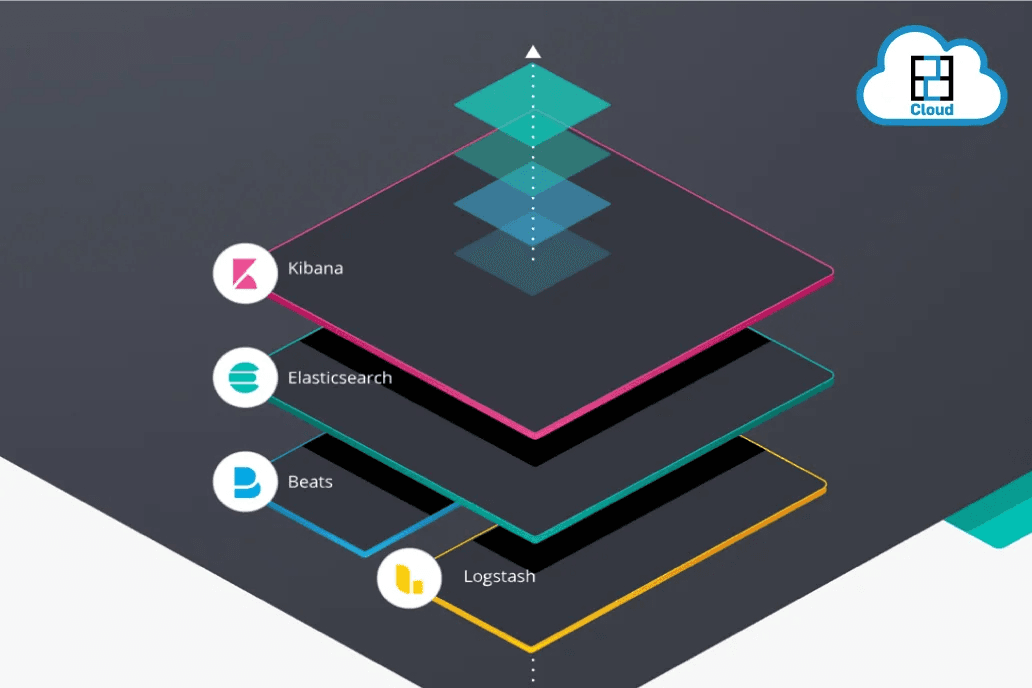ERP on Cloud Server is a new paradigm shift away from the traditional model of deploying ERP systems on premise servers. On premise deployment of ERP are considered a good and safe approach keeping in mind the data security and other issues as on premise servers look safe against the remote servers to which the customer has only remote access and no tangible touch and feel is available.
On the other hand, on premise setup also has some drawbacks which is related to scalability on demand, hardware will get obsolete in no time and of course cost is the major concern as organisations have to invest huge amounts of money in the hardware resources. In the wake of these concerns there is a new paradigm shift in the market to deploy ERP on the cloud servers which gives the advantage against the on premise deployment of ERPs.
E2E Cloud has multiple advantages while deploying ERPs on cloud servers. Following 5 ways ERP on cloud servers on E2E Cloud can improve your business significantly.
High performance Servers - E2E Networks invested a huge amount of money in their latest hardware upgrades and deployed high performance Intel Cascade lake refresh and High performance AMD processors in the data center. E2E Cloud server based on such a powerful underlying host gives customers exceptional computational power while deploying ERPs on Cloud and hence killing the competition all together in the market.
Self Managed Portal for all the processing - E2E Networks myaccount portal gives the customer all the access to launch, upgrade and terminate the machines which comes very handy in case of upgrading the resources or launching new nodes for deploying ERP systems. E2E Myaccount portal is very handy for billing also as customers can pay the amount through the portal through various modes and download the invoice against the payments.
Pay as you go - All the E2E Cloud machines are billed on an hourly basis ( except the licensed products - Windows, Cpanel and Plesk Servers ) so customers need to pay only for the resources which are in use and no monthly or yearly commitments. So it gives the feeling that new resources are just one click away and can be hired at any point of time.
Scalability on demand - E2E Cloud servers can be scaled both vertically and horizontally at any point of time. Vertical scalability can be achieved through the portal and the node can be upgraded to the higher plans available in the same series. Within minutes new resources can be allocated to the same IP address which is effective in case current resources are exhausted or about to be exhausted. Horizontal scaling can be achieved through the auto scaling feature of E2E Cloud with the help of auto scaling group and policy setup to launch new resources.
Backup and security - E2E Networks also provide an option to backup the machines through its CDP backup plans which is automatic in nature and can be activated in a single click. Customers can choose the frequency of the backup as per his convenience. Also backups can be restored in a single click in case of some unforeseen events.
So E2E Cloud in view of the above features gives the customer a headache free service so that customers can focus on their business rather than keep looking after cloud infrastructure.
To know more about E2E Cloud plans, Please visit : https://www.e2enetworks.com/product
Loading...









